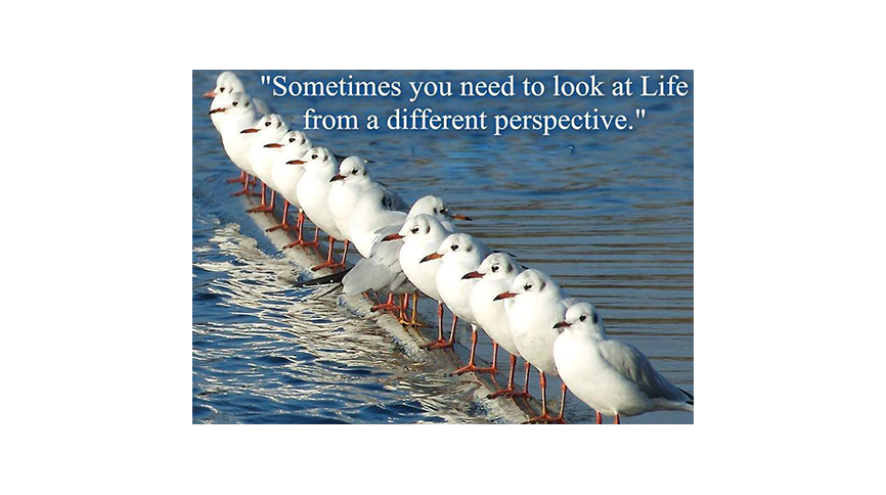Care Partner Tip: Validation Technique
A technique that helps reduce stress, enhance dignity, and increase happiness.

Validation is a method of communicating built on an empathetic attitude and a holistic view of individuals.
As you quietly listen to someone explaining something to you, you may utter an occasional, “Ah huh,” at the correct moments or periodically nod your head. In this exchange, these two actions let the speaker know you are respectfully and actively listening to them. Validation technique does much the same thing but takes it a step further to overcome the communication loss caused by Alzheimer's and dementia.
Validation technique is a method of therapeutic communication which can be used to connect with someone living with dementia. It places more emphasis on the emotional aspect of a conversation and less on the factual content, thereby imparting respect to the person, their feelings and their beliefs.
This method of communication often prevents argumentative and agitated behaviors. Validation may require you to agree with a statement that has been made, even though the statement is neither true or real, because to the person with dementia, it may actually be both true and real.
Additionally, the principles of validation technique attempt to help you determine the underlying cause behind the actions taken or words spoken, and, to discover how those actions or words are true for the person with dementia.
The basic principle behind validation technique is to communicate with respect, showing that their opinions and beliefs are heard, acknowledged, valued and esteemed rather than dismissed or marginalized. It may require you to do so even when you don't agree with or believe what has been shared.
Because this technique's emphasis is on empathy and listening, it's generally comforting and calming to a person who has dementia. The alternative of correcting and arguing about the situation, even with the best of intentions, usually leads to agitation or withdrawal.
How to Assist:
- Validate the person’s reality and emotional state. i.e. “I understand why you are so upset”, “That must be frustrating”, “Thank you for sharing”, “You’re right that needs to be looked into”, etc.
- Join in that person’s reality and listen to her/his perspective.
- Distraction is then easier and works best with people who have severe memory or attention problems. You may distract with favourite activities, favourite topics, activities where they feel in control, etc.
- Redirection of attention may finally be possible without disagreement or added confusion
- Listen to the emotional message of the person and respond with support while try to see it from their perspective.
For more strategies and tips for care partners, please contact our staff.
